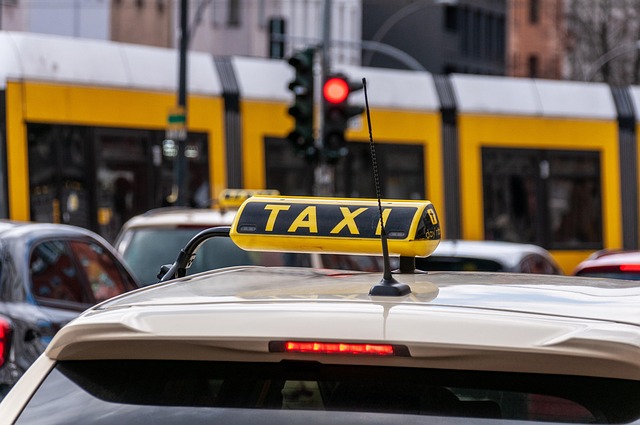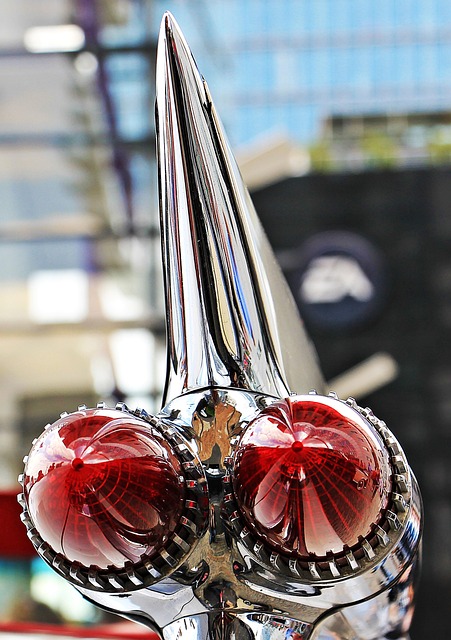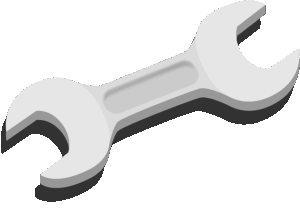Registering Your Car in California: Step-by-Step Guide with VIN Verification
Learn how to register your car in California with our step-by-step guide. From preparing essential documents to completing a DMV visit, this comprehensive tutorial ensures a smooth process. Key steps…….

Learn how to register your car in California with our step-by-step guide. From preparing essential documents to completing a DMV visit, this comprehensive tutorial ensures a smooth process. Key steps include performing a Vehicle Identification Number (VIN) verification through the DMV, paying registration fees, and receiving your official documents. By following these instructions, you’ll be on the road in no time while adhering to California’s requirements for vehicle registration.
- Prepare Required Documents
- Schedule and Complete DMV Visit
- Perform Vehicle Identification Number (VIN) Verification
- Pay Registration Fees
- Receive Your Registration Documents
Prepare Required Documents

Before registering your car in California, it’s crucial to prepare all the necessary documents for a smooth process. Firstly, ensure you have the vehicle’s title, which is typically provided by the previous owner or manufacturer. Additionally, you’ll need proof of insurance, a completed DMV form (DMV Form REG-123), and payment for registration fees. For added convenience, consider having your vehicle’s VIN (Vehicle Identification Number) verified through a mobile vin inspection or using the DMV’s online vin verification service. This step is essential as it confirms the vehicle’s identity and history, which can help prevent fraud and ensure you’re registering the correct car.
Other important documents include a valid driver’s license or state-issued ID card, and proof of residency in California. If you’ve recently purchased the car from a dealership, they may provide additional paperwork specific to the sale. Keep these documents organized as you’ll need to present them all during the registration process at your local California Department of Motor Vehicles (DMV) office.
Schedule and Complete DMV Visit

Planning your visit to the DMV is a crucial step in registering your car in California. Before heading to the office, ensure you have all necessary documents, including proof of ownership, insurance, and identification. Make an appointment if possible, as this can significantly reduce wait times. During your visit, you’ll need to undergo several processes, one of which is a thorough vehicle inspection, including a DMV VIN verification.
This inspection involves checking the Vehicle Identification Number (VIN) to ensure it matches the data on file and confirming that the car isn’t stolen or has any outstanding issues. You can streamline this process by utilizing a mobile vin verifier or conducting a mobile vin verification service before your visit. This ensures you have all the necessary information readily available, making the DMV visit more efficient and allowing you to complete registration promptly.
Perform Vehicle Identification Number (VIN) Verification

Before proceeding with the registration process, it’s crucial to ensure your vehicle’s authenticity through a DMV VIN verification. This step is essential as it helps protect against stolen vehicles and ensures you’re purchasing or owning a legitimate car. The Vehicle Identification Number (VIN) is a unique code that can be easily verified using official DMV tools or even a mobile vin verifier app, which makes the process convenient and accessible.
Performing this vin inspection allows you to cross-reference the vehicle’s details with the manufacturer’s records, confirming its year, make, model, and other critical specifications. Many mobile vin verification services offer quick and accurate checks, often requiring only the VIN number and a few simple steps. This modern approach to verification enhances convenience while ensuring compliance with California’s registration standards.
Pay Registration Fees

To complete the car registration process in California, you’ll need to pay the required fees, which can be done online or at a DMV office. The cost includes a vehicle registration fee and a dmv vin verification charge. The former covers administrative costs associated with registering your vehicle, while the latter is a mandatory fee for verifying the vehicle’s identification number (VIN). This step ensures that the information on your car’s registration matches the data in the state’s database, enhancing the overall accuracy of their records.
When paying for registration, consider utilizing convenient options like the California DMV’s online portal or mobile vin inspection services. These methods streamline the process, allowing you to avoid potential lines at the DMV and saving you both time and effort. A mobile vin verifier can perform a quick and accurate VIN check, ensuring your car’s details are up-to-date before finalizing the registration.
Receive Your Registration Documents

After completing your car purchase in California, the next step is to receive your registration documents. This process typically involves a few key steps and may differ slightly depending on whether you purchased a new or used vehicle. One crucial aspect of this process is the DMV vin verification, which ensures that the vehicle’s unique identification number (VIN) matches the information provided by the manufacturer and previous owners, if applicable.
To initiate the registration process, you’ll need to conduct a vin inspection by using a trusted mobile vin verifier. This service allows you to quickly and conveniently verify the VIN details of your vehicle from anywhere. Once this verification is complete, you can proceed with gathering all necessary documents, including proof of ownership, insurance, and identification. With these in hand, you’re ready to visit your local California DMV office or submit your application online to finalize the registration for your new ride.
Registering a car in California involves several straightforward steps, from gathering essential documents to completing a DMV visit. After confirming your vehicle’s identity through a DMV VIN verification and paying the required fees, you’ll receive your registration documents, ensuring your vehicle is legally registered and ready for California roads.







